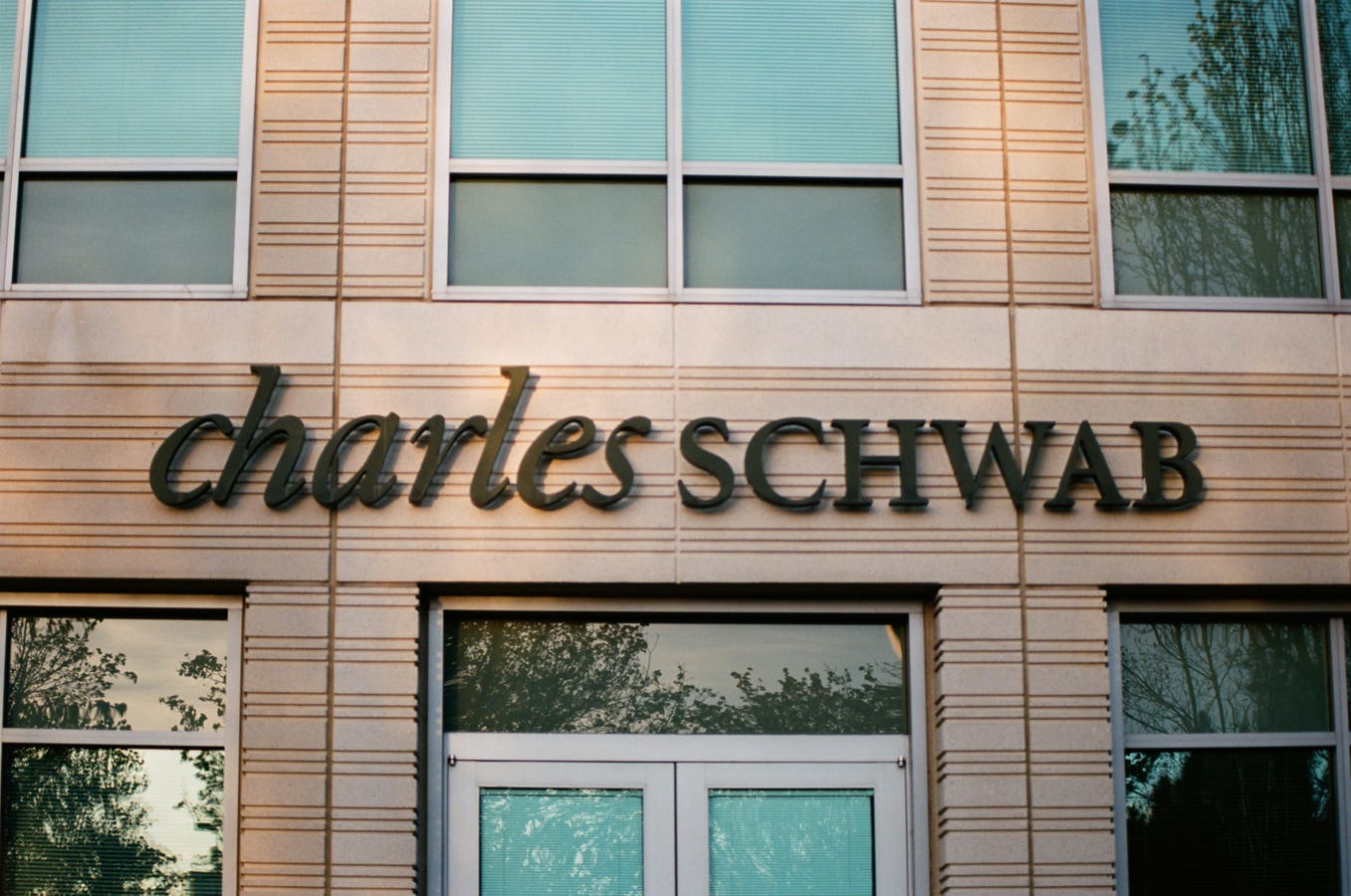There is a huge temptation for income-focused investors to buy the highest-yielding stocks in an effort to boost the cash they generate from their portfolios. Anyone who has done this likely knows that buying based on yield alone can end up with you buying poorly run companies and result in diminished returns through often painful dividend cuts.
This helps make an exchange-traded fund (ETF) like Schwab U.S. Dividend Equity ETF (SCHD -1.11%) so interesting. Here’s why this income-focused ETF should be on your radar today.
What does Schwab U.S. Dividend Equity ETF do?
The very first thing that Schwab U.S. Dividend Equity ETF does when creating its portfolio is to limit its pool of stocks to just those that have 10 or more annual dividend increases behind them. (Real estate investment trusts are excluded from consideration.) This is a fairly stiff bar that only strong and consistent business can surpass. And it sets the stage for an approach that deftly attempts to balance yield with company quality.

Image source: Getty Images.
The second step for Schwab U.S. Dividend Equity ETF is to create a composite score for each company in its investable pool. The metrics used to create this score include cash flow to total debt, return on equity, dividend yield, and a company’s five-year dividend growth rate. Cash flow to total debt is a financial strength measure, return on equity is a measure of company quality, and dividend growth and yield are both income-related factors.
The scores are ranked from best to worst, and the 100 companies with the best scores get into the portfolio. The portfolio is weighted by market capitalization, so the largest companies have the biggest impact on performance. Like most ETFs, the portfolio is re-examined on a regular basis (yearly), so it always has the best investment candidates in the portfolio. You get all of this for a fairly small expense ratio of 0.06%.
Why is Schwab U.S. Dividend Equity ETF so attractive?
The simple reason why Schwab U.S. Dividend Equity ETF is a great income option is that it basically does exactly what you would do when looking for a dividend stock. Who wouldn’t want to own financially strong companies with good businesses that have high yields?
That said, the screens are more restrictive than simply picking the highest-yielding stocks. So the ETF’s yield is around 3.6%. That’s well above the 1.2% offered up by the S&P 500 index, but there are plenty of other ETFs out there with higher yields.
You might even want to buy some of those higher-yielding ETFs, too. But you’ll probably want the foundation of your portfolio to focus on financially strong companies with good businesses. This is what Schwab U.S. Dividend Equity ETF provides in a single investment and why it should be a core holding for dividend investors.
Given that it updates its portfolio annually, meanwhile, you never have to worry about it straying too far from its approach of picking good companies with attractive dividend yields. The best selection of dividend stocks will be packed into the ETF every year.
SCHD Dividend Yield data by YCharts
However, don’t make the mistake of thinking that Schwab U.S. Dividend Equity ETF is only for ETF investors. You can use this as a foundation on which to build an individual stock portfolio, too. Just make sure that you aren’t unknowingly doubling up on investments that may be in the ETF’s portfolio (unless that’s what you want to do).
Schwab U.S. Dividend Equity ETF is a buy and long-term hold
It isn’t often that investment options as attractive as Schwab U.S. Dividend Equity ETF come along. And sometimes when they do show up, they get bid up to the point where they are no longer attractive. But because of the nature of exchange-traded funds, that can’t happen with Schwab U.S. Dividend Equity ETF.
The key is to understand the approach this dividend ETF takes and, if you see the value on offer, buy it and hold it forever. And don’t worry too much about the timing of your purchase, especially if you are still in the process of building your nest egg. If that’s the case, you should probably just keep putting money into the ETF whenever you can so you can benefit from the long-term appeal of its investment approach.
As an income investor, it’s crucial to have a diversified portfolio that includes dividend-paying stocks. One way to achieve this is by adding the Schwab U.S. Dividend Equity ETF to your radar.
This ETF offers exposure to high-quality U.S. companies that have a consistent track record of paying dividends. With a low expense ratio and a solid performance history, the Schwab U.S. Dividend Equity ETF is a great option for investors looking to generate passive income through dividends.
By including this ETF in your portfolio, you can benefit from the potential for capital appreciation while also receiving regular dividend payments. This can help you build a steady stream of income over time, making it a valuable addition to your investment strategy.
Overall, the Schwab U.S. Dividend Equity ETF is a reliable option for income investors looking to diversify their portfolios and generate passive income through dividends. Make sure to keep this ETF on your radar as you continue to build and grow your investment portfolio.
Tags:
Schwab U.S. Dividend Equity ETF, income investing, dividend investing, ETF investing, investment strategy, income generation, dividend stocks, dividend ETFs, Schwab ETFs, passive income, financial planning, wealth building, income portfolio, stock market, dividend yields, investment opportunities
#Schwab #U.S #Dividend #Equity #ETF #Income #Investors #Radar



You must be logged in to post a comment.